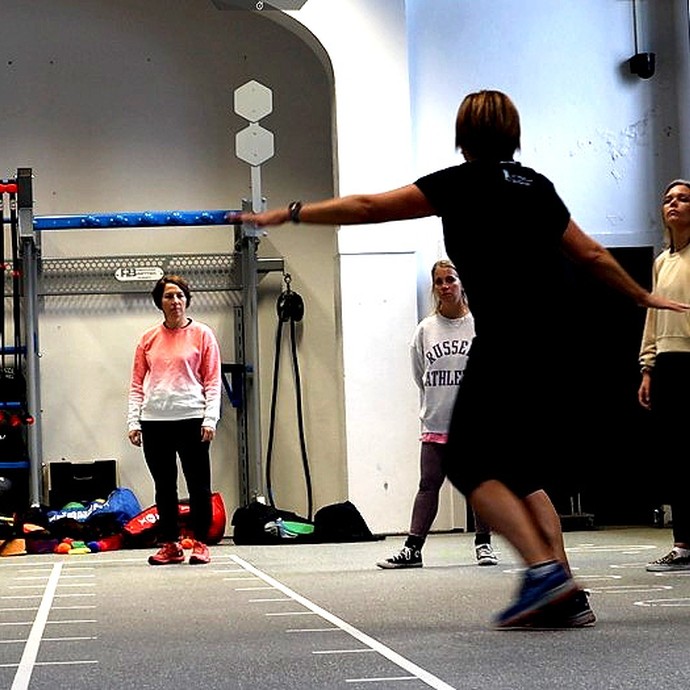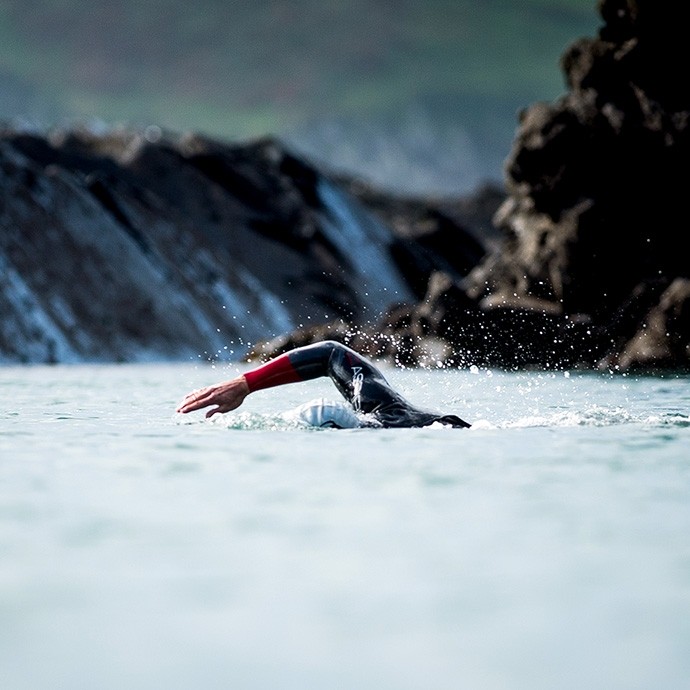What is Physical Literacy?
There are many ways of describing Physical Literacy. The most common definition is:
“…the motivation, confidence, physical competence, knowledge and understanding to value and take responsibility for engagement in physical activities for life.”
(Whitehead, 2016)
The Australian Sports Commission define Physical Literacy as:
“…lifelong holistic learning acquired and applied in movement and physical activity contexts. It reflects ongoing changes integrating physical, psychological, cognitive and social capabilities. It is vital in helping us lead healthy and fulfilling lives through movement and physical activity.”
Physical Literacy is a journey we are all on through life. The journey starts when we are very young and start to learn about our bodies and how we move. The more we play and explore the world around us the more we learn about moving. Young children need lots of experiences and lots of opportunities to move in lots of different environments.
It is important to recognise that Physical Literacy is not restricted to our early years, and it is more than just sport. Physical Literacy is physical activity in wide and varied forms and it is relevant throughout the whole of life. It is also important to highlight that it is more than the development of physical skills (as it is described in some places).
You can read more about Physical Literacy at the International Physical Literacy Association website.
To learn more about physical literacy and the study of health on our MA Physical Education, Sport and Physical Literacy, contact Dr Nalda Wainwright at n.wainwright@uwtsd.ac.uk. For our BA Physical Education please contact Dr Kate Piper at k.piper1@uwtsd.ac.uk.
Key Links
All of our research is applied to practice. You can read how our research impacts outcomes for young children, parents, older adults and patients, and improves health and wellbeing in our communities.

We aim to lay the foundations of physical activity, health, well-being, and academic outcomes in early childhood. Learn more about the evidence-based training available for people who work with children.

Outdoor activity has a well-known and well-documented effect on overall levels of health and wellbeing. Humans want and need to be outside. We work with various partners to create opportunities for people of all ages and backgrounds to be in nature.

